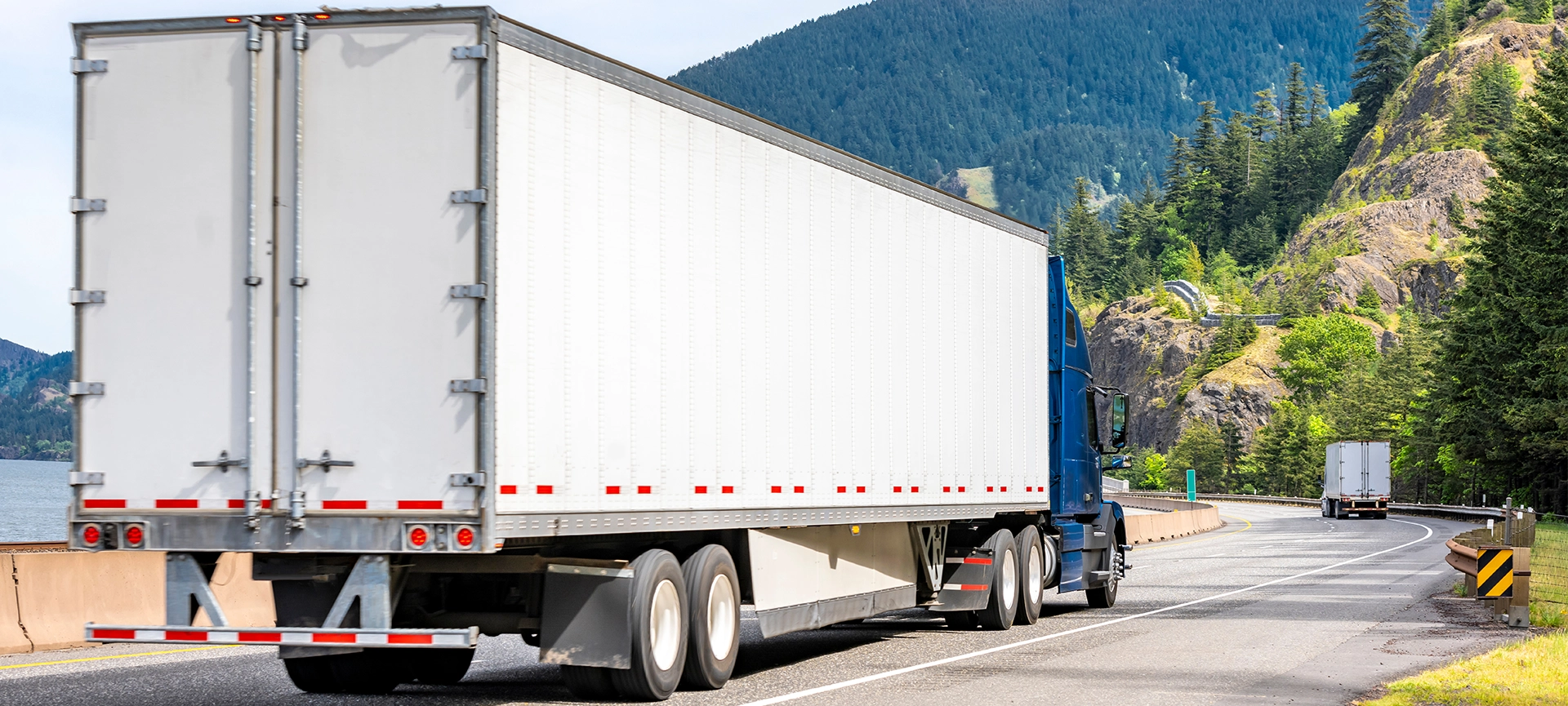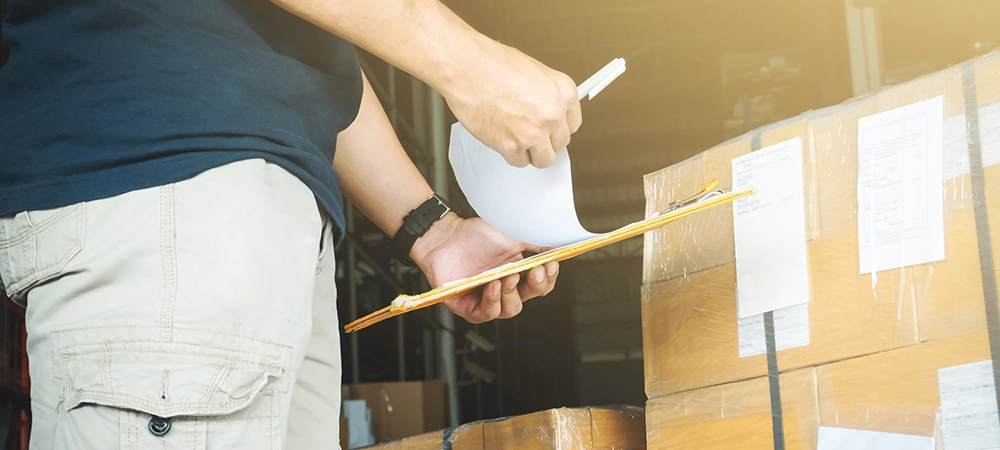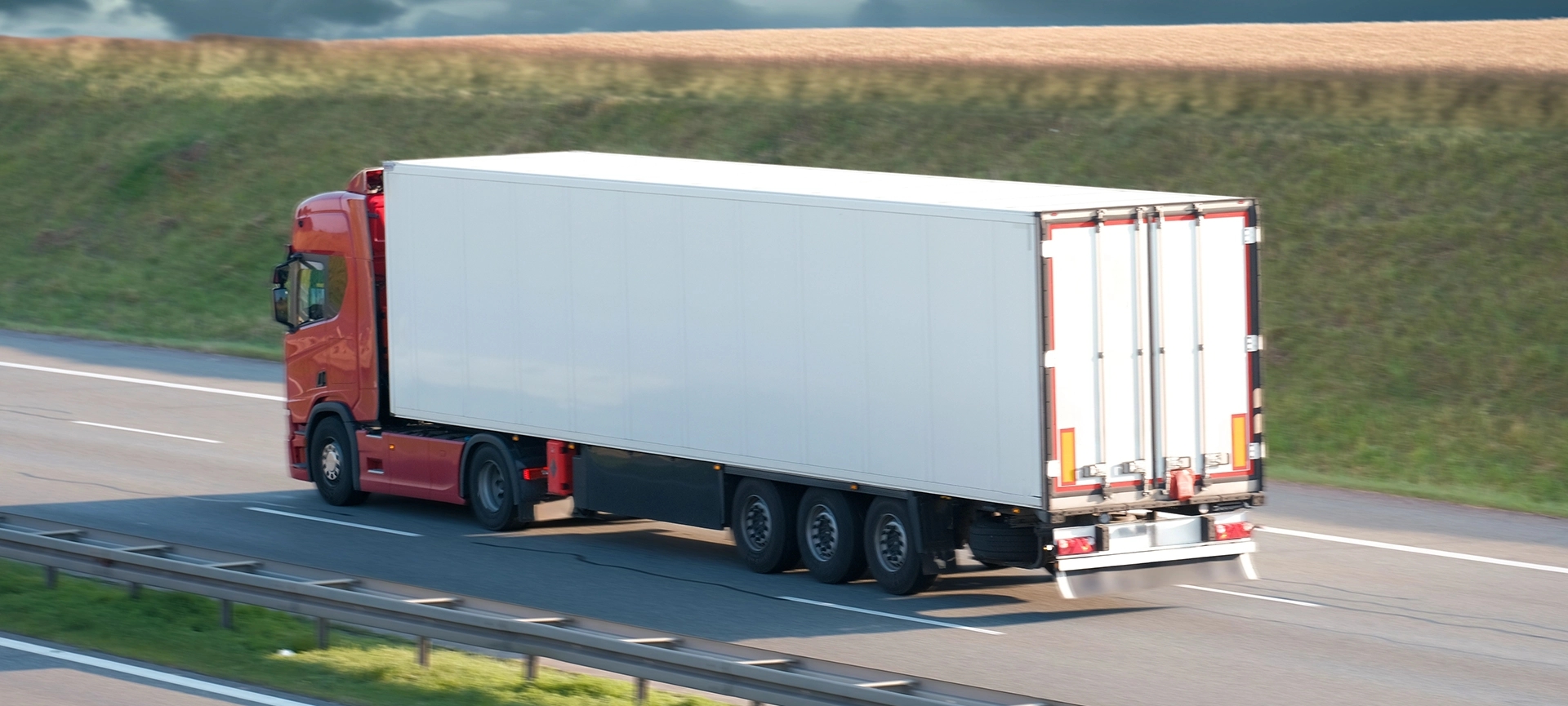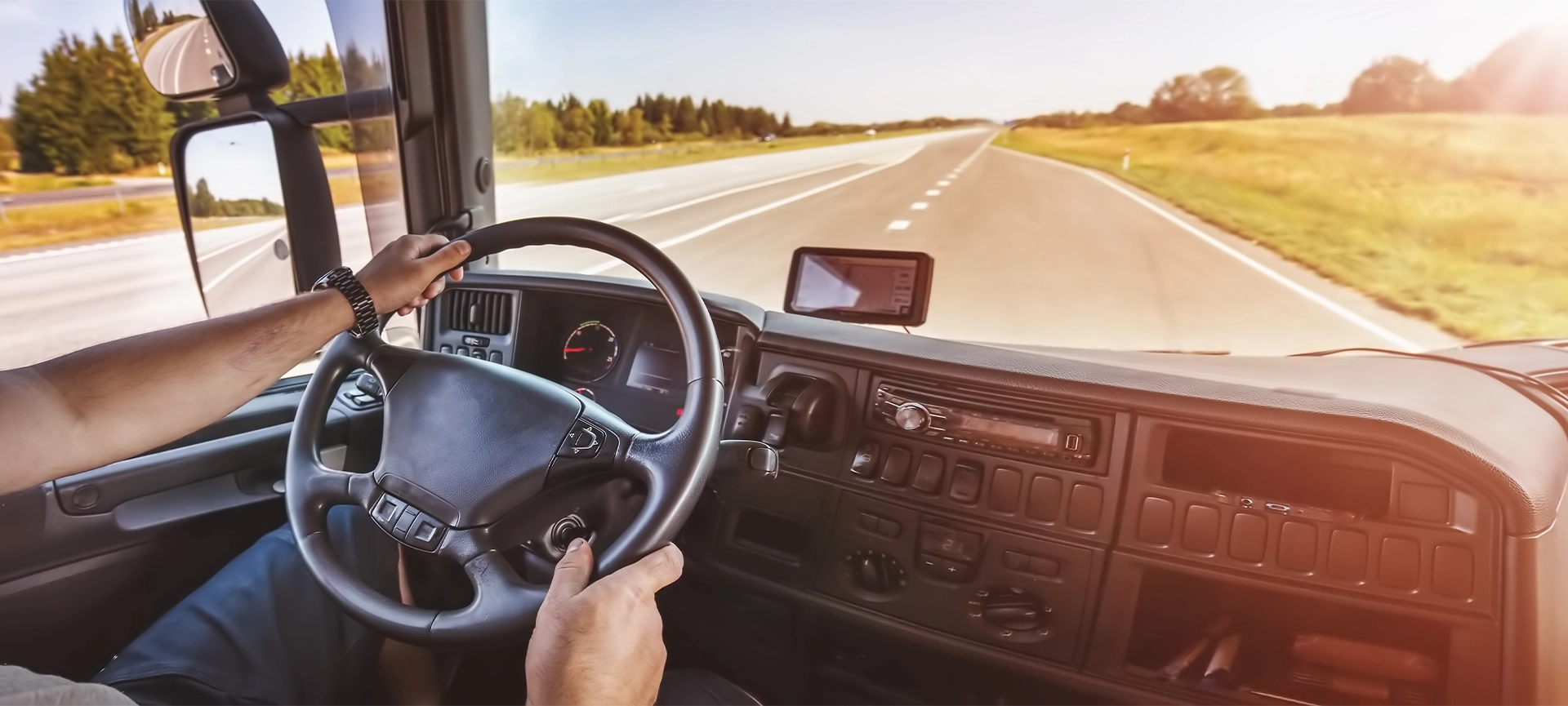Moving east across the Prairies may seem like a straight highway ride, yet paperwork decides whether your arrival feels smooth or stalled. Each province sets its own proof-of-residence rules, health coverage timelines, and vehicle standards. By collecting the right records before the moving truck rolls, you prevent last-minute scrambles and extra storage fees.
Use this guide as a packing checklist of documents for your desk drawer so every clerk you meet in Ontario can rubber-stamp you on the spot.
Related Article: A Step-by-Step Checklist for Moving from Saskatchewan to Ontario
1. Identity Papers: Citizenship and Legal Presence
Even though Saskatchewan and Ontario both sit under the maple leaf, provincial offices still ask to see proof that you can live and work in Canada.
Start with your birth certificate, citizenship certificate, or permanent resident card. Keep a current passport close as a universal photo ID for situations where a provincial card will not yet exist. A Social Insurance Number letter rounds out the core trio and helps you register for jobs, taxes, and banking.
Gathering these items early reduces stress when you apply for an Ontario Health Insurance Plan (OHIP) or swap your driver’s licence. Photocopy each page, store digital scans in a password-protected cloud folder, and label envelopes by type. A clear filing system helps if an office requests originals by mail while you are already in transit.
2. Driver’s Licence and Vehicle Papers
Most families drive their own car from Regina to Toronto. Ontario gives newcomers 60 days to exchange a valid out-of-province licence, though insurance firms often want the switch sooner. Bring your Saskatchewan licence, plus one additional piece of photo ID, to ServiceOntario. You will complete a vision test and pay a fee; road tests are usually waived if your SK licence is still active.
Vehicles need extra attention. Ontario plates require:
- The original SK vehicle registration
- Proof of automobile insurance issued by an Ontario-licensed broker
- A Safety Standards Certificate from a licensed mechanic in Ontario
- A Used Vehicle Information Package if the car’s ownership is changing hands
Line up a mechanic appointment before the moving date, because a busy workshop can delay plate issuance. Keep proof of purchase or lease papers handy as officers sometimes ask during the plate swap. Store all prints in your glove box plus scanned copies in your cloud folder.
Related Article: Tips for Shipping a Car With Your Personal Belongings Across Canada
3. Health Coverage Records
OHIP has a three-month waiting period for most newcomers. Apply on day one so the clock starts immediately.
ServiceOntario will ask for three forms of original ID: one that proves Canadian citizenship or immigration status, one that confirms identity, and one that proves Ontario residency.
While you will not yet have an Ontario utility bill, you may use a signed lease agreement or an employment contract that lists your new address.
Carry your old Saskatchewan Health Card until OHIP is active. If you need medical care during the gap, most clinics will accept interprovincial billing, but they may photocopy your card for confirmation.
Some movers buy a short-term private plan for added peace of mind. Keep vaccination proofs and prescription summaries in the same folder, because a new family doctor will request them.
4. Housing and Address Proof
A clear address trail will save hours when you open bank accounts, enrol in school, or register a vehicle. Acceptable proofs include a signed lease, purchase agreement, property tax statement, or a formal letter from a landlord on company letterhead. Utility connection confirmations also work once hydro or internet services start.
Create a change-of-address checklist to notify Canada Post, the Canada Revenue Agency, banks, and loyalty programs. A forwarding order ensures any stray bills reach you, which protects your credit score and helps validate residency if an office requests a recent statement.
Related Article: The Cost of Moving from Saskatchewan to Ontario
5. Financial and Tax Papers
Ontario tax returns echo federal rules yet vary in provincial credits. Bring the last two Notices of Assessment from the CRA, pay stubs, and receipts for moving expenses. These documents help when you file your first Ontario return and may unlock the moving expense deduction if the relocation is linked to a new job or business.
Banks often need different forms when a client crosses provinces. Some lenders treat the move as a change of residence that triggers an internal risk review.
Have mortgage statements, loan contracts, and investment account summaries ready in case branch staff ask for verification.
6. Education and Childcare Records
If children transfer mid-year, Ontario schools request report cards, transcripts, and special-needs plans. Many boards also ask for proof of immunization. Pack these papers in a separate, clearly labelled accordion file so you can hand them to the school office on registration day.
Post-secondary transfers are similar. Universities expect official transcripts sent directly from the former institution. Order sealed copies before the semester ends in Saskatchewan to avoid express courier charges. Keep digital copies for reference so academic advisers can build a correct credit map.
7. Pet Papers and Special Permits
Four-legged family members need paperwork too. Ontario municipalities issue dog licences and some regions restrict exotic pets.
Bring veterinary vaccination certificates, spay-neuter records, and any microchip numbers. A current rabies tag speeds licence approval and helps should your pet wander during the first confusing weeks in a new city.
If you own restricted items such as firearms, agricultural pesticides, or commercial drones, confirm federal and provincial transfer rules. Each has its own permit chain, and border checkpoints within Canada may still enforce inspections.
Keep licences and purchase documents in a sealed envelope away from general household boxes.
Related Article: A Guide to Shipping Pets from Canada to the US
8. Digital Backups and Security Tips
Originals matter, yet digital redundancy prevents disaster if a folder is lost on the highway.
- Scan every certificate at 300 dpi, then save copies to two cloud services and one encrypted USB key.
- Use clear file names like “OHIP_form_July2025.pdf” so searches return hits quickly.
- Cloud drives with offline access allow you to present proof even when cell coverage drops in northern Ontario.
Data safety extends beyond storage:
- Log out of shared devices at hotel stops and avoid public Wi-Fi for sensitive uploads.
- Update passwords before the trip and enable two-factor authentication on banking and government portals.
- A few extra clicks now stop identity thieves from turning your relocation into a paperwork nightmare.
9. Shipping Documents and Your Carrier Partner
Personal belongings often travel by professional carrier while the family drives ahead. A trusted logistics firm such as RoadLINX prepares a detailed Bill of Lading that lists every pallet and box. This document acts as a contract and a receipt. Review it line by line before signing, then store the original with your other move certificates.
Consider Less Than Truckload service if you are moving a moderate volume. Sharing trailer space lowers the cost while RoadLINX still provides tracking numbers and delivery appointment windows.
For full homes or large equipment, Full Truckload keeps your goods in a dedicated trailer from Saskatchewan pick-up to Ontario drop-off. Ask the dispatcher for a written delivery timeline so you can coordinate elevator bookings at your new building.
RoadLINX also issues an insurance certificate outlining cargo coverage. Confirm the declared value matches the replacement cost of your items.
Photographs and serial numbers strengthen any potential claim and should be stored with the Bill of Lading.
Your Next Steps for a Paper-Ready Move
Paperwork can feel heavy, yet gathering it early turns borderless provincial travel into a routine address change.
Create digital backups, label physical folders, and keep the most critical IDs in your carry-on bag. With every licence, certificate, and receipt lined up, you spend less time in waiting rooms and more time exploring your new neighbourhood.
Once your folders are zipped and your booking confirmed, discuss with the RoadLINX team for a pick-up date that fits your schedule. Our experienced drivers and real-time tracking keep your goods safe, so you can focus on settling in, not chasing boxes.
Ready to move? Get a fast, free quote from RoadLINX today, lock in your preferred load date, and let our team handle the highway so you can start fresh in Ontario.





